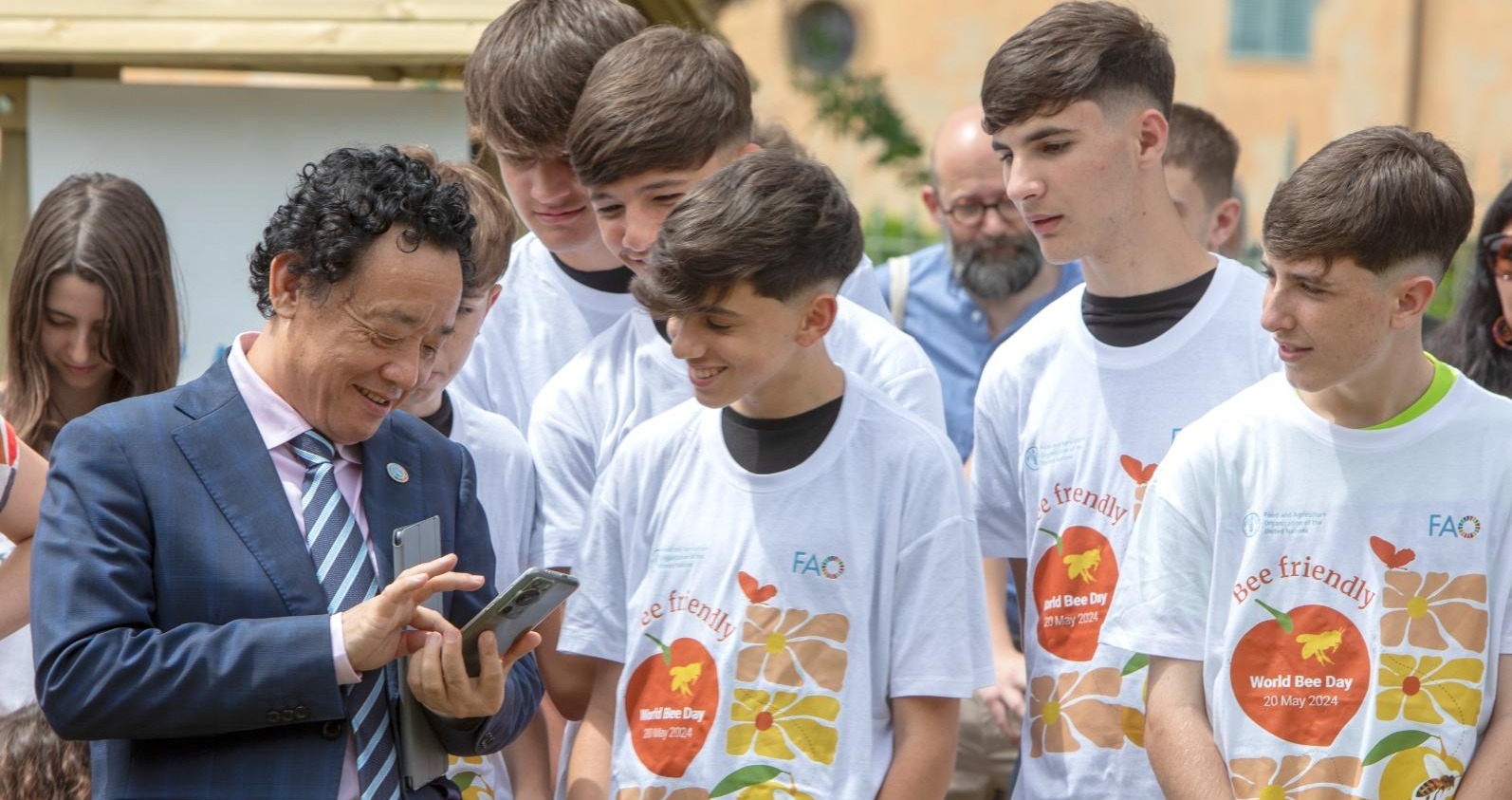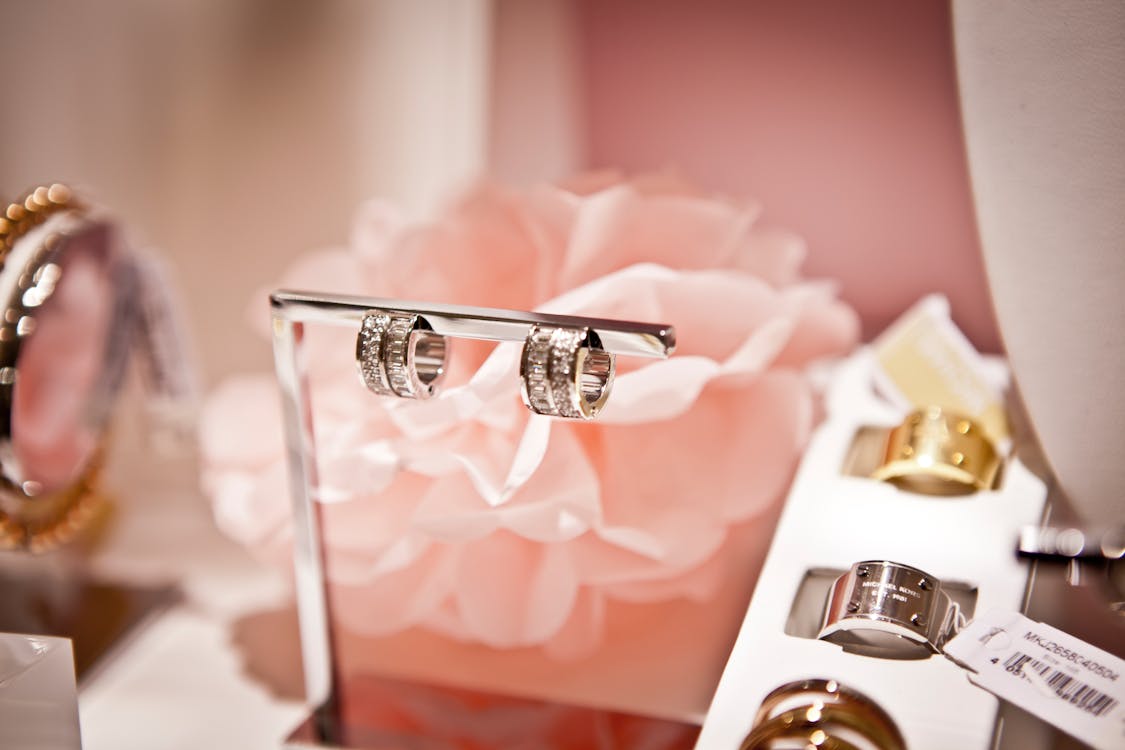The Quest for the Perfect Honey Jar: A Guide to Balancing Form, Function, and Future

The humble honey jar holds a significant place in both our pantries and our perception of this golden liquid. More than just a container, it’s a critical component in preserving honey’s quality, presenting its natural beauty, and ensuring a positive user experience. The ideal honey jar is a trifecta of thoughtful design, blending functionality, sustainability, and aesthetics into a single, cohesive package. Here’s a breakdown of the key elements that define the perfect honey jar.
1. Functionality: The User Experience is Paramount
The best honey jar is designed with the consumer in mind, making it easy to use, store, and enjoy the honey.
- Dispensing Method: The most crucial functional element is how the honey is dispensed. Traditional wide-mouth jars are great for scooping, while squeezable bottles offer convenience and mess-free drizzling. The perfect design might incorporate a wide mouth for easy access, but a tapered spout for controlled pouring. A no-drip cap is a game-changer, preventing sticky residue from accumulating around the lid.
- Storage and Stability: A well-designed jar should have a stable base to prevent tipping and a form factor that allows for easy stacking or efficient use of shelf space. Materials should be durable enough to withstand daily use without cracking or breaking. Glass provides excellent longevity and is non-reactive, while certain plastics offer shatterproof convenience.
- Clarity and Protection: The container must allow the consumer to see the honey’s color and purity. Transparency is key. At the same time, the material should protect the honey from external factors like moisture and air, which can affect its flavor and consistency. An airtight seal is essential to maintain freshness and prevent crystallization.
2. Sustainability: Packaging with a Conscience
In an era of increased environmental awareness, a honey jar’s sustainability is as important as its design. Packaging choices can significantly reduce a brand’s ecological footprint.
- Material Choice: Glass is a top contender due to its infinite recyclability and inert nature. However, it is heavy and more fragile, increasing transportation costs and carbon emissions. PET and HDPE plastics are lighter and less prone to breakage, but their recyclability can be more complex and dependent on local infrastructure. Choosing a lightweight, recyclable material is a good starting point.
- Innovating with Bio-Polymers: The future of sustainable packaging lies in innovative materials. For example, some brands are exploring alternatives like sugarcane-based HDPE as a more eco-friendly option. This type of bio-polymer is derived from a renewable resource, reducing reliance on fossil fuels. Such materials offer the same functional benefits as traditional plastics while significantly improving the sustainability profile of the product.
- Refill and Reuse: Promoting a circular economy is a hallmark of truly sustainable design. Jars that are aesthetically pleasing and durable enough for a second life encourage consumers to reuse them for other purposes, such as storing spices or homemade condiments.
3. Aesthetics: The Visual and Emotional Connection
A honey jar’s appearance is its first point of contact with a consumer. A beautiful design can elevate the perceived value of the product and tell a story about the brand.
- Shape and Form: From classic hexagon jars that evoke a beehive to sleek, modern cylinders, the shape of the jar plays a huge role in its appeal. The form should be both visually pleasing and comfortable to hold.
- Labeling and Branding: The label is the brand’s canvas. It should clearly communicate key information like the honey’s type and origin while also capturing the brand’s identity. Minimalist designs can convey purity and naturalness, while more ornate labels can suggest a premium or artisanal product.
- Sensory Appeal: The aesthetic experience goes beyond sight. A well-designed honey jar can feel substantial in the hand and have a pleasing texture. The click of a secure lid or the satisfying feel of a smooth glass surface can subtly enhance the overall experience. Ultimately, the perfect honey jar is a fusion of practicality, environmental responsibility, and beauty, a design that honors both the precious honey within and the planet it comes from.
Ultimately, the perfect honey jar is more than just a vessel; it is a testament to thoughtful design that respects the product, the consumer, and the planet. By prioritizing ease of use, embracing sustainable materials, and crafting a beautiful form, designers can create a container that not only preserves the honey’s quality but also enhances the entire experience of enjoying it. In a crowded market, it’s this holistic approach—where form, function, and future are in perfect.






